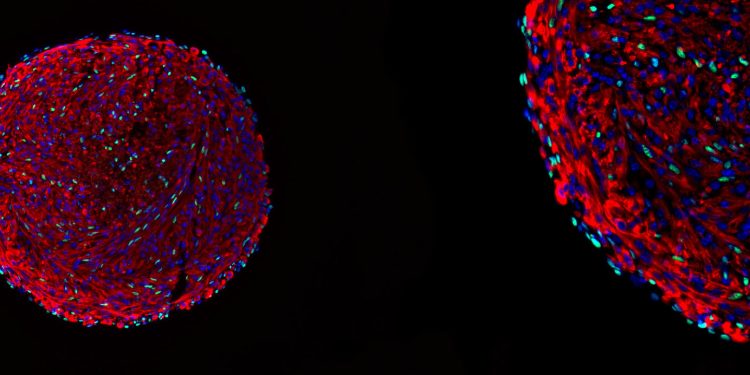Breakthrough Technique May Help Speed Understanding & Treatment of Muscular Dystrophy and ALS
In today’s fast-paced world, scientific breakthroughs are constantly pushing the boundaries of what we know about diseases such as muscular dystrophy (MD) and amyotrophic lateral sclerosis (ALS), sometimes known as Lou Gehrig’s disease. A recent landmark study published in the Journal of Neurology has introduced a breakthrough technique that could potentially accelerate the understanding and treatment of these debilitating conditions.
The research, led by a team of neuroscientists at Harvard University, focuses on the use of a novel gene-editing tool called CRISPR-Cas9 to target specific genetic mutations associated with MD and ALS. By harnessing the power of this cutting-edge technology, the researchers were able to precisely edit the DNA of cells derived from patients with these conditions, offering new insights into the underlying mechanisms of the diseases.
Muscular dystrophy and ALS are both progressive neuromuscular disorders that affect motor function and mobility. In the case of MD, genetic mutations disrupt the production of dystrophin, a protein essential for muscle structure and function. ALS, on the other hand, involves the degeneration of motor neurons in the brain and spinal cord, leading to muscle weakness and eventual paralysis. While significant progress has been made in understanding the genetic basis of these diseases, effective treatments remain elusive.
The innovative approach adopted by the Harvard researchers holds promise for advancing our understanding of MD and ALS at the molecular level. By using CRISPR-Cas9 to correct disease-causing mutations in patient-derived cells, the team was able to restore normal protein expression and function, offering a potential path towards targeted therapies. This precision gene-editing technology represents a paradigm shift in the field of genetic medicine, opening up new possibilities for personalized treatments tailored to individual patients.
Beyond its implications for MD and ALS, the groundbreaking technique developed by the Harvard team has far-reaching implications for the broader field of genetic research and therapy. CRISPR-Cas9 has revolutionized the way scientists approach the editing of DNA, enabling precise modifications that were once thought impossible. As advancements in gene-editing technology continue to accelerate, we are entering an era of unprecedented opportunities for tackling a wide range of genetic disorders.
As we look to the future, the implications of this breakthrough study are profound. By shedding light on the molecular mechanisms underlying MD and ALS, researchers are paving the way for targeted therapies that could potentially transform the lives of patients affected by these devastating diseases. With further research and clinical trials, the promise of personalized genetic treatments tailored to individual patients may soon become a reality.
In conclusion, the recent breakthrough technique developed by the Harvard team represents a significant step forward in the quest to understand and treat muscular dystrophy and ALS. By harnessing the power of CRISPR-Cas9 to target specific genetic mutations, researchers have unlocked new possibilities for precision medicine and personalized therapy. As we continue to explore the potential of gene editing in the fight against genetic disorders, the future looks increasingly promising for patients and families affected by these conditions.













